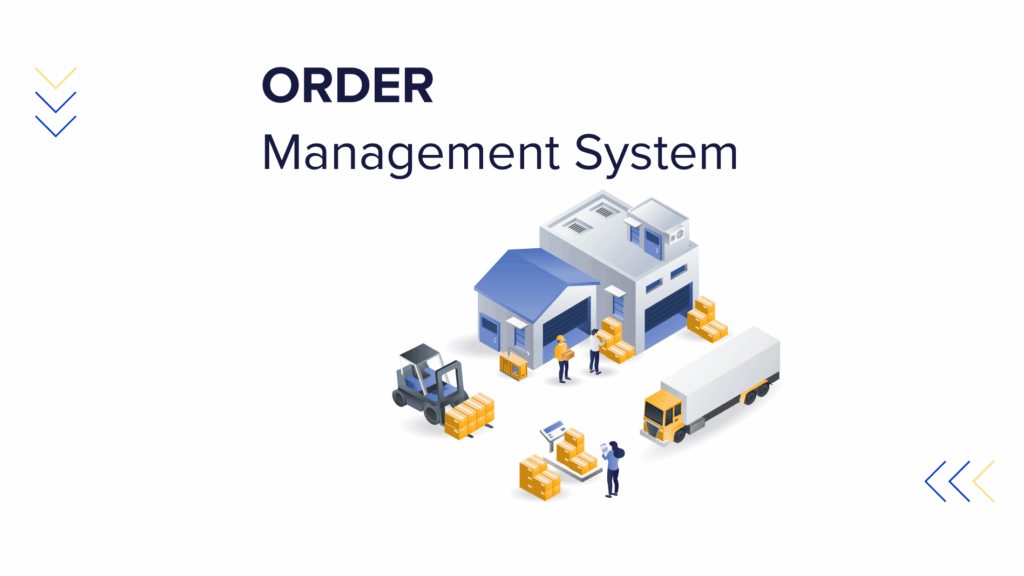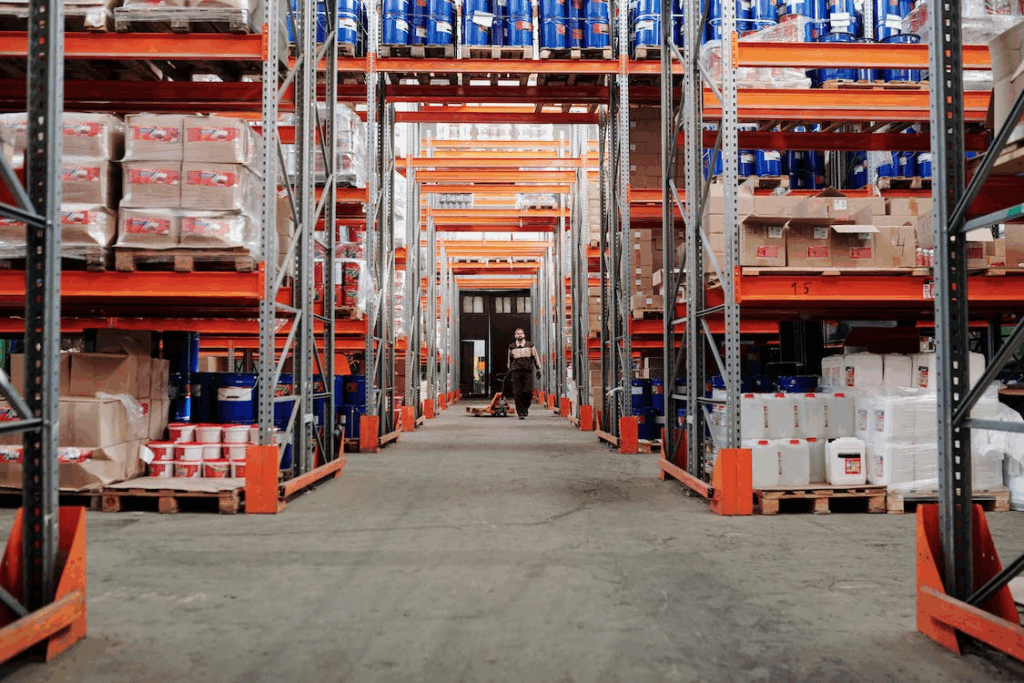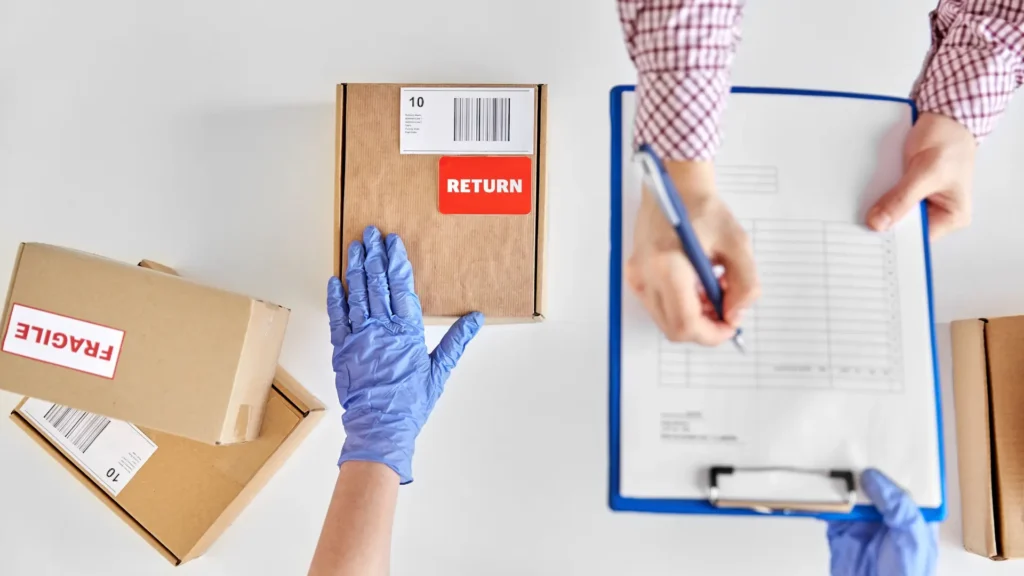OMS Tracking for Better Shipping Experience
For brands that rely on global shipping, Order Management Systems (OMS) are no longer optional—they’re essential. 3PL warehouse services, or dropshipping models, real-time OMS tracking is not just a backend efficiency tool—it’s a direct driver of customer satisfaction and a powerful way to reduce the volume of support tickets.
From growing DTC brands to large-scale fulfillment providers, having visibility into every stage of the order lifecycle can mean the difference between a loyal customer and a lost sale. Let’s explore how an order tracking system helps businesses build trust, streamline communication, and save operational resources.

What Is OMS Tracking?
An OMS (Order Management System) tracks an order from placement to final delivery. It integrates with platforms like Shopify, WooCommerce, Kickstarter, and Amazon to provide real-time updates on payment status, fulfillment stage, shipping carrier info, and final delivery confirmation. OMS tracking becomes even more powerful when connected with 3PL warehouses, 4PL coordination systems, and global carriers like USPS, Royal Mail, Evri, CTT, or FAN.
Unlike standard shipment notifications, an order tracking system provides a centralized, unified view of order status, including returns, inventory position, address validation, and even last-mile tracking (via APM lockers or parcel shops).
The Link Between Tracking and Customer Satisfaction
Customers today expect transparency and speed. Real-time tracking data addresses both. Here’s how:

1. Transparency Builds Trust
When customers can check the status of their order at any time, it reduces anxiety and builds confidence in the brand. Instead of asking, “Where is my order?”, they’re proactively informed at key stages—order received, packed, shipped, out for delivery, or returned. This clarity helps customers feel in control and reduces friction.
2. Consistent Communication
OMS tracking automates proactive notifications via email or SMS. This reduces the need for manual outreach and sets clear expectations around delivery windows. It’s particularly important for global shipping, where customs delays or local courier handoffs can otherwise frustrate the customer.
3. Fewer Surprises, Fewer Complaints
OMS data often includes tracking integrations with global carriers and last-mile delivery solutions. When a delivery is late or rerouted, this system can notify customers instantly. This reduces the number of surprise delays and helps prevent negative reviews or complaints.
Reducing Support Tickets with OMS Tracking
An often-overlooked benefit of this system tracking is its ability to dramatically lower customer support load, especially for fulfillment operations.
1. Eliminate “Where Is My Order” (WISMO) Tickets
According to industry reports, over 50% of support inquiries in eCommerce are WISMO-related. The order tracking system provides self-service tools for customers to get real-time updates, often via branded tracking pages or mobile dashboards. This eliminates unnecessary email and chat volume.
2. Empower Support Teams with Better Data
When customers do reach out, agents can access all relevant order info in one place—payment status, fulfillment partner, shipping carrier, return history, and delivery ETA. This shortens resolution time and improves the quality of support responses.
3. Automate Return Workflows
Returns are an inevitable part of eCommerce, especially for DTC brands. OMS tracking can manage return statuses, generate return labels, and automate refunds once the return is received—all without human intervention. This reduces ticket volume and shortens the return cycle.
OMS Tracking Across Different Fulfillment Models

Whether you’re a DTC brand using Shopify, a dropshipping marketplace on WooCommerce, or a Kickstarter campaign managing 3PL warehouses, order tracking system tracking adapts to your flow:
- DTC Brands: Real-time status sync with fulfillment partners ensures a smoother post-purchase journey.
- Dropshipping: When using multiple vendors, centralized OMS tracking keeps the customer informed without exposing backend complexity.
- Global Shipping: For brands shipping across borders, tracking integrations with postal operators and commercial couriers offer visibility despite cross-country handoffs.
- Returns and Reverse Logistics: Whether processed through 3PL hubs or managed directly, OMS tracking keeps the customer in the loop.
A Real-World Example: Tracking That Reduces Support by 40%
Consider a growing DTC skincare brand using 3PL services across the EU and UK. Before adopting OMS tracking, they faced hundreds of weekly tickets asking for order updates, often delayed due to cross-border shipping and carrier transitions. After integrating a robust order tracking system with real-time tracking and return updates, their WISMO tickets dropped by over 40% in three months. Not only did this free up their support team, but it also improved CSAT scores and built stronger customer retention.
Final Thoughts
OMS tracking is more than a logistics tool—it’s a customer experience engine. By delivering real-time transparency, proactive communication, and automation across the fulfillment journey, it directly impacts how customers perceive your brand.
For businesses handling global fulfillment, whether through 3PL, dropshipping, or 4PL models, investing in intelligent system tracking can reduce support costs and boost satisfaction in measurable ways.
If your brand is scaling across regions and you need seamless carrier coordination, inventory updates, and return management, consider services like Postalparcel. Known for its integrated carrier management and delivery coordination, Postalparcel also offers inventory and order management services tailored for global shipping and returns, ensuring your OMS strategy is not only effective but future-ready.
Industry Insights
news via inbox
Nulla turp dis cursus. Integer liberos euismod pretium faucibua









[…] packages across different carriers can be tricky, especially for cross-border shipping. A single order might pass through local couriers, airlines, customs, and last-mile delivery […]